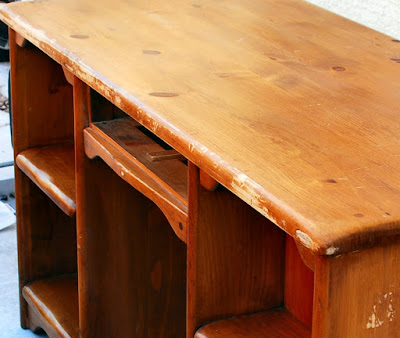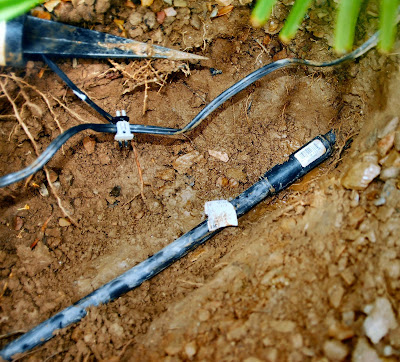This old vintage desk had accumulated a lot of scratches, scuffs and damaged areas from wear over the years. It's a great heavy wooden desk with lots of character which made it enjoyable to restore. It is unique as there are shelves and a drawer on one side and seven drawers on the opposite side.
The sides had some rubbed areas and dents.

I used Minwax's Antique Furniture Refinisher, a finish remover, to take off the old yellowed topcoat. ... After removing the topcoat, I cleaned the surface of the wood with mineral spirits.
(Tung oil is used after the staining is complete.)




Next, I used tung oil over the stain, rubbing the wood with 400 grit sandpaper between the layers.
Now the old vintage desk has retained its original character and looks clean, shiny and refreshed. ... For a finished look and to protect his desktop, the homeowner had me order a tinted tempered glass sheet.


















































